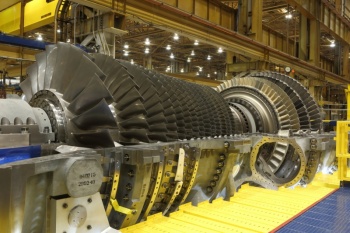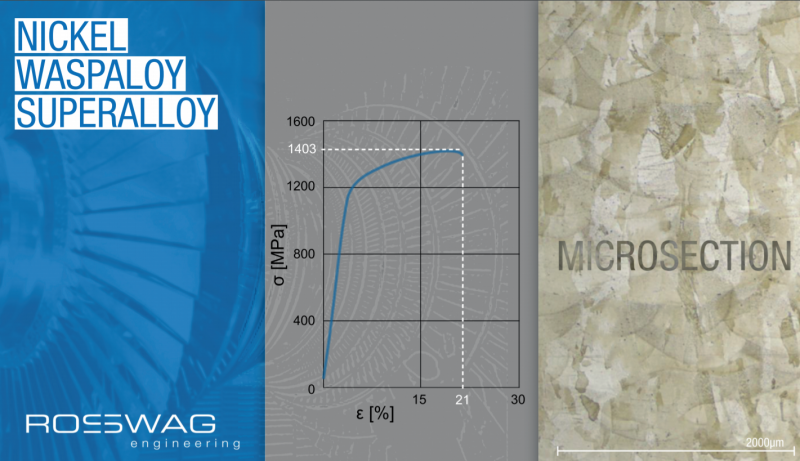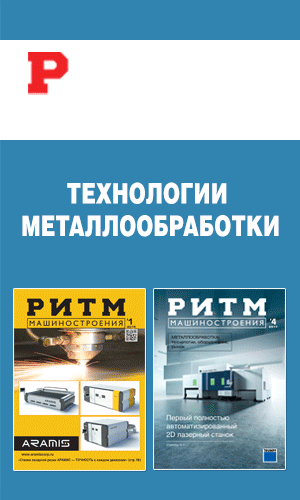
Metal processing company Rosswag Engineering has just qualified a new nickel-based superalloy – Waspaloy – for the laser powder bed fusion AM process. The German metallurgy specialist is one of the industry leaders in forging technology and material testing, having successfully processed and 3D printed the superalloy along with over 35 other alloys in recent years.
According to Gregor Graf, Head of Engineering at Rosswag, the in-house process chain can be used to initially qualify a material for AM in just a few weeks. The efficiency of the qualification process has been attributed to the company’s comprehensive atomization plant and advanced metallurgy laboratory.
Nickel-based superalloy
Waspaloy is age-hardened, austenitic, and has a face-centered cubic structure. The superalloy comprises 58% nickel and has excellent corrosion and oxidation resistance. After performing a series of tests on the newly qualified AM material, Rosswag found that the superalloy also had a set of extremely desirable mechanical properties. With a tensile strength of 1403 MPa and an elongation at break of 21%, Waspaloy’s properties are above those of the more common nickel-based alloys currently used in additive manufacturing. This includes Inconel 718, which is widely used for aerospace components and cryogenic applications due to its high toughness at sub-zero temperatures.
Rosswag believes that the qualification of Waspaloy has opened up a new pathway for additively manufactured functionally optimized parts. The impressive creep resistance of the material makes it suitable for high stress, high temperature applications such as gas turbine engines. In fact, the British Aircraft Corporation TSR-2, a supersonic strike aircraft from the 1960s, had an unpainted rear fairing around its exhaust nozzles completely formed of Waspaloy which was often subjected to temperatures close to 1000°C.

Powder characterization is a crucial part of the metal AM process, especially for critical industrial applications such as aerospace. Earlier this year, global material certification company Element upgraded its laboratory in Huntington Beach, California with a dedicated characterization facility for additive manufacturing powders. The new testing apparatus is being used for chemical composition analysis, powder sieve analysis, particle size distribution, flow rate, apparent density, tap density, and gas pycnometry – a method of measuring an irregularly shaped solid object’s volume.
Elsewhere, in the world of academia, researchers from the University of Washington have investigated the effects of powder reuse on 3D printed part quality. The study was primarily focused on Ti6Al4V during the powder bed fusion process.



